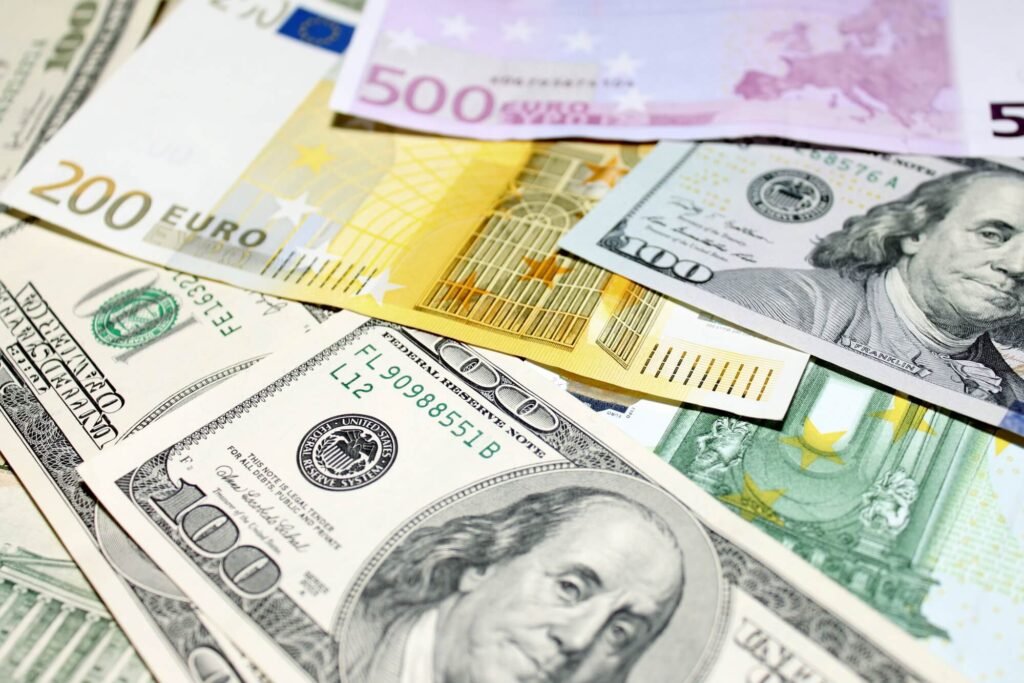
- EUR/USD has been struggling to gain traction following Monday’s decline.
- The pair faces important support level at 1.0950.
- ECB’s Bank Lending Survey doesn’t allow the Euro to stage a rebound.
EUR/USD stays below 1.1000 early Tuesday following Monday’s sharp decline. The pair’s near-term technical outlook points to a bearish tilt and sellers could take action once it falls below 1.0950.
Ahead of Thursday’s policy announcements, the European Central Bank (ECB) released its latest Bank Lending Survey (BLS). In the publication, the ECB said that a net 38% of Eurozone banks reported a fall in demand for credit from companies in the first quarter of the year.
“The general level of interest rates was reported to be the main driver of reduced loan demand, in an environment of monetary policy tightening,” the ECB acknowledged and caused the Euro to lose strength against its major rivals. Additionally, the Euro Stoxx 50 turned south after this report, reflecting the negative impact on risk mood.
Meanwhile, Eurostat reported that inflation in the Eurozone, as measured by the Harmonized Index of Consumer Price (HICP), edged higher to 7% on a yearly basis in April from 6.9% in March. The Core HICP, the ECB’s preferred gauge of inflation, ticked down to 5.6% in the same period, compared to the market expectation of 5.7%. Nevertheless, the mixed inflation data failed to trigger a noticeable market reaction.
In the second half of the day, JOLT Job Openings data for March will be featured in the US economic docket. In case there is a significant decline, more than 1 million, the US Dollar could find it difficult to continue to gather strength and vice versa. Market participants, however, could refrain from taking large positions on this data while awaiting the US Federal Reserve’s (Fed) policy announcements on Wednesday.
The Fibonacci 23.6% retracement level of the uptrend coming from mid-March aligns as key support at 1.0950 for EUR/USD. A four-hour close below that level could bring in additional sellers and cause the pair to extend its slide toward 1.0910/1.0900 (200-period Simple Moving Average (SMA) on the four-hour chart, psychological level) and 1.0870 (Fibonacci 38.2% retracement).
On the upside, 1.1000 (psychological level, 50-period SMA, 20-period SMA) stays intact as resistance. If EUR/USD rises above that level and confirms it as support, 1.1050 (static level) and 1.1075 (end-point of the uptrend) could be seen as next bullish targets.
It’s also worth noting that the Relative Strength Index (RSI) indicator on the four-hour chart now stays below 50 and the 20-period SMA is about to make a bearish cross with the 50-period SMA, pointing to a buildup in selling pressure.

